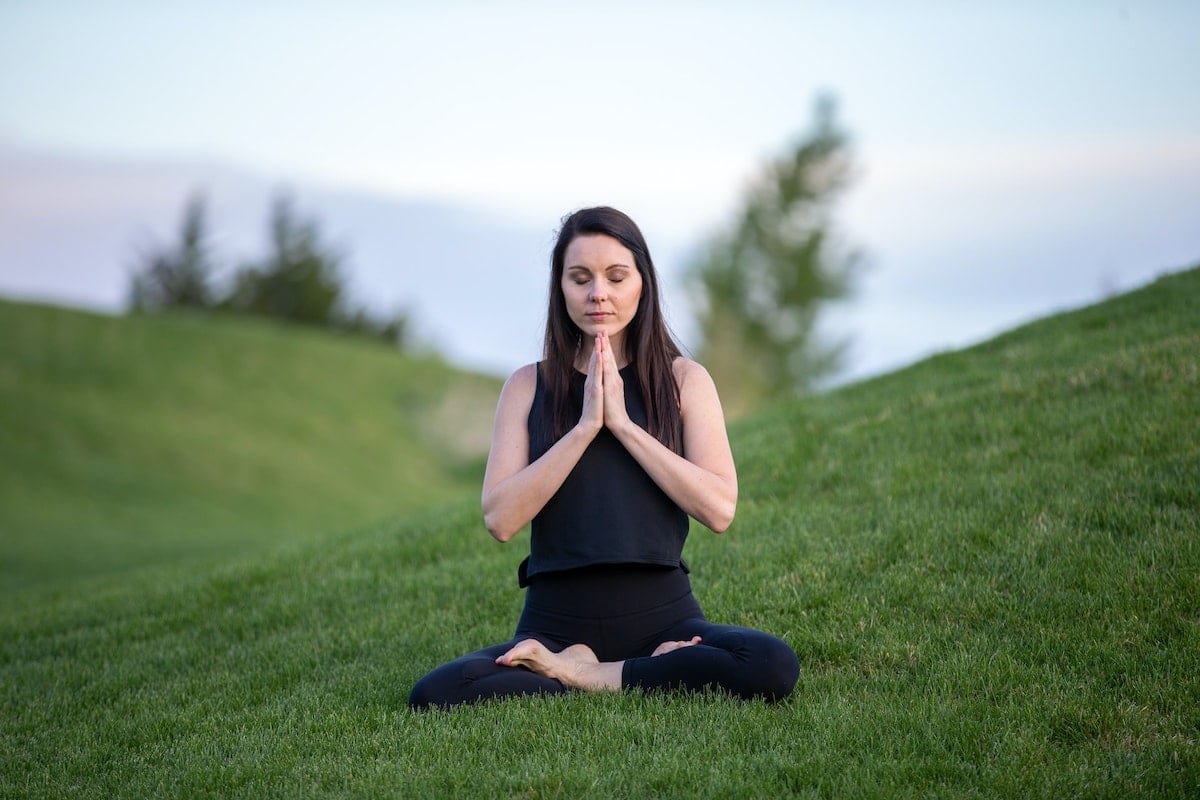Being buried in your smartphone can significantly contribute to stress and anxiety. In today’s overtaxed world, everyone’s constantly struggling to find some tranquillity and mindfulness. With the COVID-19 pandemic hitting the globe in 2020, experts concluded a drastic soar in anxiety and depression. The World Health Organization stated that the pandemic’s worst hit caused the greatest mental health deterioration. In strenuous times, the need and demand for meditation was increasing rapidly.
While good sleep and nutrition played a cupid in achieving mental wellness, meditation apps added significant calm and stability to people’s lives. Over the last few years, technology has pleasantly surprised us with a 360-degree flip introducing offshore online casinos and effective meditation apps. This technological evolution has undeniably pushed our lives up a notch and bettered them in a beautiful way.
How successful are meditation apps? Let’s just begin with some facts and figures. The downloads of mindfulness apps hit about 750,000 in only the second week of the pandemic outbreak. And since then, there has been an overwhelming surge.
Some insights on meditation apps:
- This a piece of information that is sure to come as a surprise to you. The use of meditation apps has increased by 800 times since 201 amongst the younger crowd for different reasons, of course.
- Headspace, a leading meditating app, has an exhaustive list of A-Z meditation sessions and made an estimated $150 million in 2020. The app is available in almost 190 countries with four features to toggle between – meditate, sleep, focus and move.
- Apart from the core functionality of meditating, users are showing love with personalised content, audio and video playback and more.
- The meditation app market is expected to boom further in the coming years. Android is predicted to generate about USD 74 million by 2029.
- As per US statistics, mindfulness and meditation apps stand in the third position of most download applications, right after sleep tracker and nutrition.
- Meditation apps have been exceptionally successful in North America, projecting a CAGR of 5% by 2032.
- Health and wellness apps are also offering extended help to those suffering from anxiety from COVID-19 with free services.
- Google states an increase of 65% between 2019-2020 in the number of searches for mindfulness apps and yoga for beginners.
- The rise in the use of meditation apps is expected to project an annual CAGR of 13.35% between 2022-2026, with a market volume of $ 6,717,18 m. This is a clear indication of users loving the idea of these platforms to lower angst.
- The intent of fashioning mediation mobile applications and helping people has been completely lucrative. More than 2500 apps have been launched in this space between 2015-2020.
- US users invest spend about 63% of their total time on InsightTimer.
- A growing millennial interest in self-care has led to a significant increase in value for money meditation apps like- Headspace, MyLife, Calm, 10% Happier and Buddhify.
- Calm’s annual market potential from senior users is about $23.4 million, with an auxiliary $158.8 million from private retirement homes in the US.
Undoubtedly, the mental health development market exploded with COVID-19. However, meditation, quality sleep and yoga are now a staple for good health and sanity. This domain is thriving in continuity, leaving users with unexpected surprises and business enthusiasts with immense opportunities. People across the globe are grappling to find calmness in the madness.


